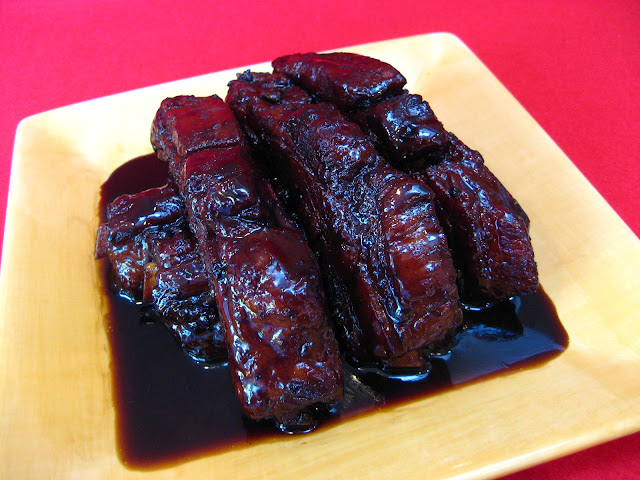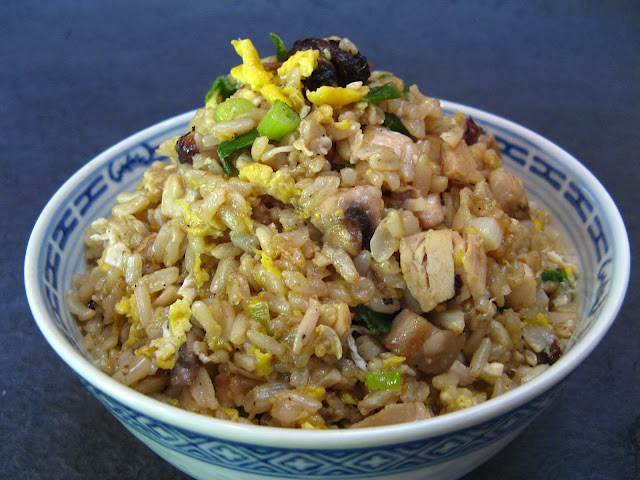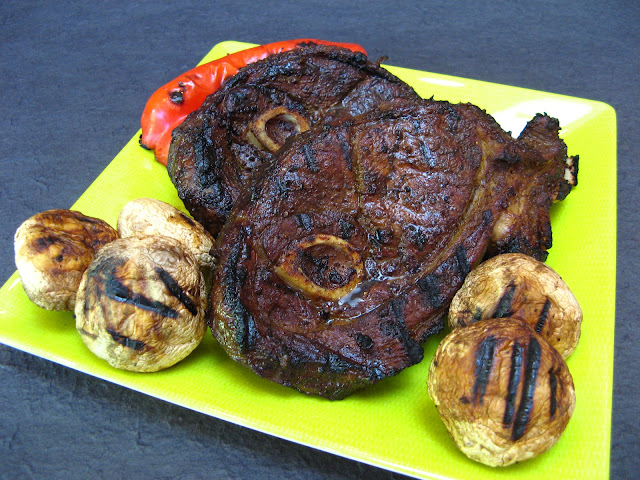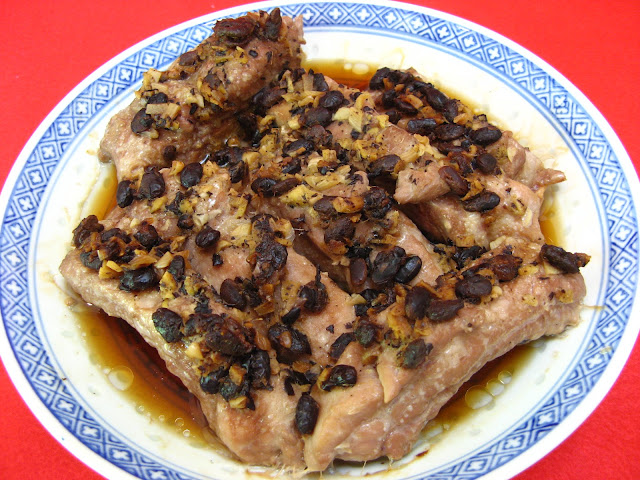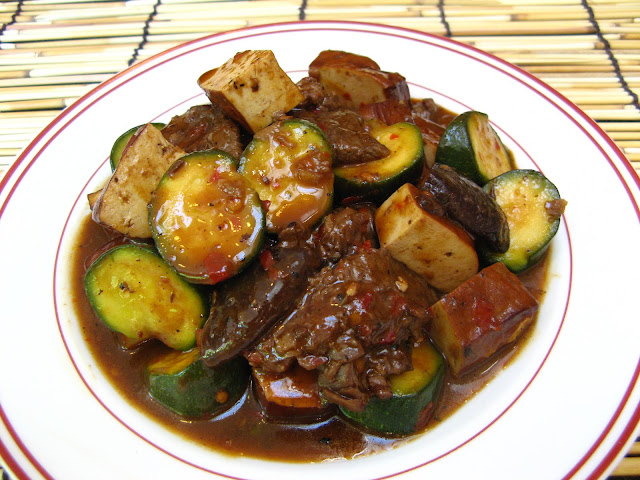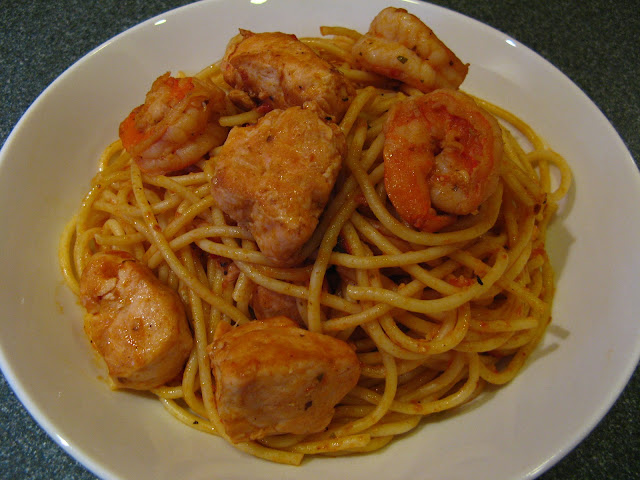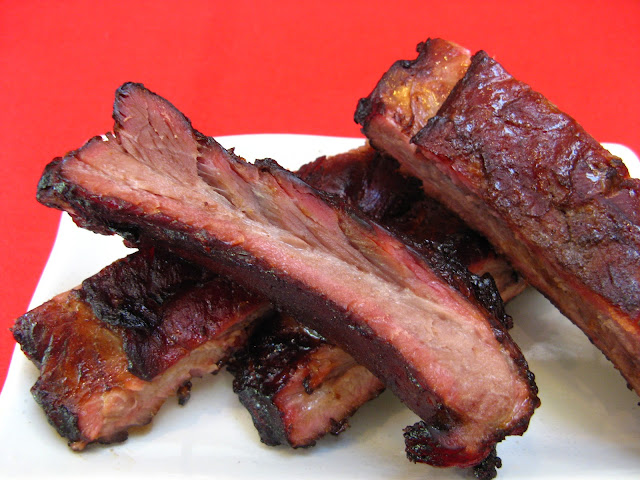This recipe was updated on 11 Aug 2015. Some instructions
and ingredient quantities were changed, and metric measurements added.
Calamari is usually used when naming or titling a dish with
squid in it. It seems rather odd that people are more likely to eat a dish with
calamari in the title than squid, given that they’re the same ingredient. So
why does this dish title have squid in the name? The main reasons are that the
name of this classic dish is the literal translation from Chinese and that’s
the name this dish is known by.
This is not the traditional preparation for this dish, which
usually consists just of squid stir fried in shrimp sauce, since I’ve added
some vegetables to the recipe. Carved squid pieces and squid tentacles are
available in the frozen section of your local Asian supermarket. You can of
course use fresh squid if it’s available. I happen to like eating squid
tentacles, so I include them in dishes when I can, but some are not fans, so
feel free to not use them in the dish.
My local farmer’s market had purple long beans, which are
usually green in color. I’ve never eaten before this type of long beans before,
so I couldn’t resist buying and using the purple long beans in this dish. If
you can’t get long beans (whatever the color), substitute regular green beans.
The most important ingredient in this dish is the shrimp
sauce, which is an odd purple color. Shrimp sauce is, to say the least, a
pungent mixture of ground fermented shrimp and salt, and for some, pungent is
just a nice way to say it smells. No matter what someone thinks about the smell
of this sauce, you can’t make this dish without it. Shrimp sauce and squid just
naturally taste good together.
Enjoy!

